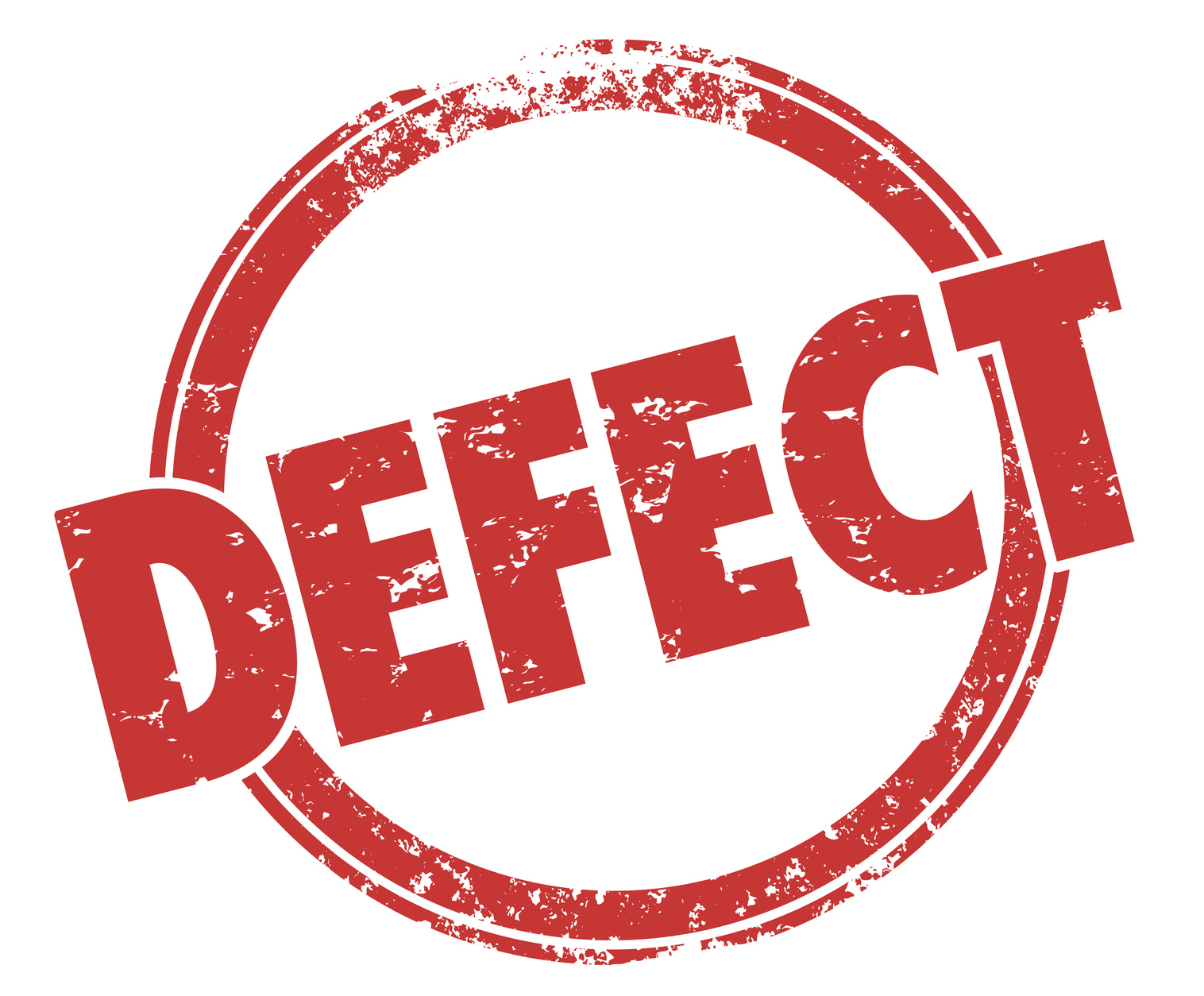
Thousands of injuries and deaths occur due to defective products every year—in 2013 alone, there were 130,557 deaths listed as accidents involving unintentional injuries according to the CDC.
While all of these unfortunate deaths may not be linked to product liability, it undoubtedly contributes to these high numbers, and was the 4th leading cause of death in the United States.
Do you know what kind of product liability defects there are out there?
Defects: What you Need to Know
There are 3 types of defects you need to know in the realm of product liability: marketing defects, manufacturing defects, and design defects. Each has slight discrepancies, so it is important to know their differences and how it relates to liability.
- A manufacturing defect is when a product is made improperly; it is “not intended” and is considered a mistake. For example, if a dining room table was made according to all possible precautions and care and said to be stable, but one of the legs wasn’t bolted in the right way, that is considered a manufacturing defect.
Also, this inherent requirement for manufacturers to pay for any injuries incurred is called strict liability. Also, in these cases specifically, the “plaintiff bears the burden of proving that the product in question had a fault or defect.”
Many times, showing and “proving” the defect occurrence can be an insurmountable challenge for plaintiffs. Of course, this largely depends on the circumstance and the nature of the product.
- A marketing defect is when a product is advertised or sold inaccurately. Per an article through Find Law, this can include “inadequate warnings and/or instructions.” This is also referred to as an inadequate instructions or warnings defect, where “their omission renders the product not reasonably safe,” according to the American Law Institute.
- A design defect is exactly what it sounds like: a design flaw, in which something may be deemed unsafe because of its construction. This could be any product that isn’t inherently made to be safe; Find Law uses the example of a three-legged chair, because it tips over too easily.
This requires more of a balancing act, since attacking the “standards” of a product can theoretically make its use null and void. This can demonstrated in scissors; if they are too dull, they fail to fulfill their purpose to cut materials.
In these scenarios, there are various ways court cases handle this—it’s a comparison between if it’s unreasonably dangerous vs. reasonable foreseeable use.
Have you run into any of these defects before? It’s difficult to ascertain how specific court cases in Florida will handle these defects, since many court circuits have differing judges and are divided in conjunction to county areas and other division parameters.
While state law is relatively uniform, the way these cases are processed depends largely on your area, the judge (as mentioned before), and the jury (if it reaches that stage).
Make sure you are aware of all the kinds of defects and which one your case or a loved one’s case may fall under before moving forward. Contacting a qualified products liability attorney is also essential to have your case handled in the best way possible.

